Mastering the call to action: here’s how words, color, size, and location matter
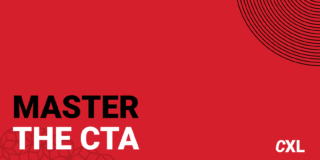
How does the site make you feel? Is it enjoyable to navigate? Does it feel seamless and fun? Does it just work?
These are just some of the many things that go into user experience. This is an archive of the best stuff on CXL on user experience and persuasive design.

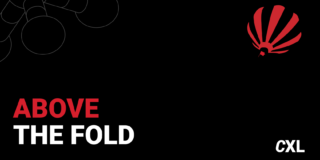
Quick! How many CRO “best practices” can you name off of the top of your head? I’m willing to bet the number is quite high.
Best practices are merely common practices. That’s why in this post we’re putting another “tried and true” concept to the test, just like we did with social proof.
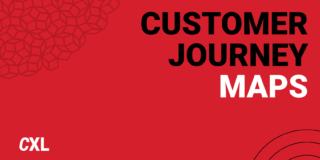
“How do we get our customers to do what we want them to do?”
Digital marketers get asked this question all the time. But it’s the wrong question.
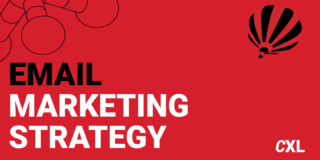
What if each email you sent earned you a 2000% ROI?
Email marketing (yes, still) rocks the highest return on investment of any medium, garnering on average $47 for every $1 you invest and being a top-three marketing channel for 87% of B2B and 76% of B2C marketers.
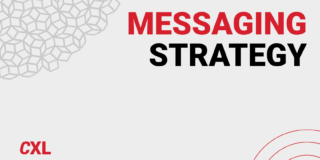
Messaging determines 80% of your conversion rate. It helps you grab your target audience’s attention, hit their pain points and aspirations, and build interest in what you’re selling.
Yet, there’s no one-size-fits-all approach to building the perfect messaging strategy.
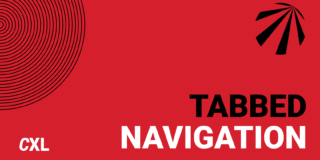
One of my favorite UX quotes comes from Chikezie Ejiasi, Head of Studio and Design Systems at Google.
He wrote: “Life is conversational. Web design should be the same way. On the web, you’re talking to someone you’ve probably never met—so it’s important to be clear and precise. Thus, well-structured navigation and content organization goes hand in hand with having a good conversation.”
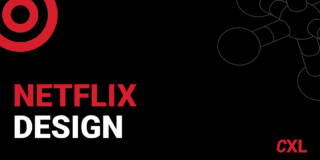
Netflix began in 1997 as a competitor to Blockbuster. Now, it has as many users as the entire population of Canada, UK, and Japan combined.
Last year, 10 out of the top 15 most streamed programs in the world were produced by Netflix. It’s is still the king of streaming.
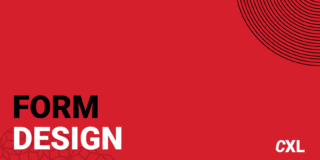
If you’re not following form design best practices, you’re leaving a lot of money on the table.
While forms aren’t the sexiest part of conversion optimization, they tend to be the closest to the money—the macro-conversions. Spending a little time optimizing forms can be some of the most important optimization work you can do.
Of course, best practices don’t work the same on all sites. It’s contextual. But generally, implementing form design tactics that work more often than not is a good way to get started.
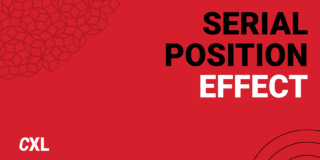
You put tons of time into creating your product, experimenting with acquisition channels, and honing your messaging.
Yet here I am, about to tell you that consumers are often swayed by such subtle nudges as the order in which you present your products, or the “serial position effect.”
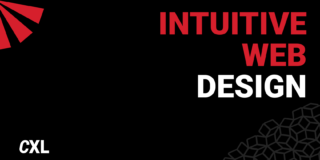
The easier your website is to use, the more people use it. An essential part of “easy to use” is intuitiveness. Intuitive design means that when a user sees it, they know exactly what to do.